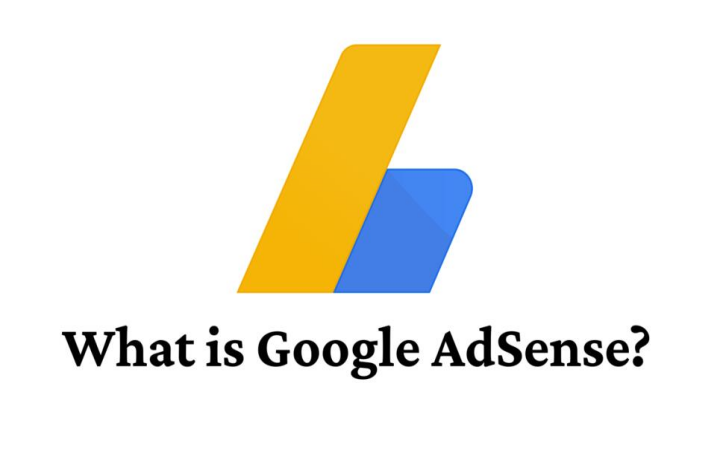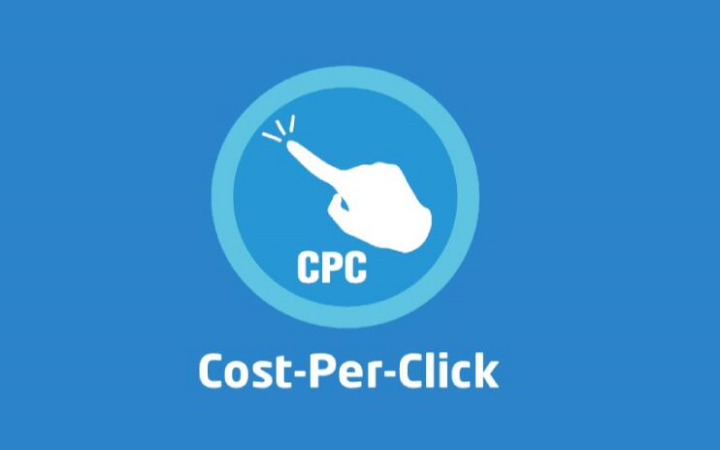In the world of ads, people make messages to get people to buy stuff. However, amidst the creativity and strategic brilliance lie potential pitfalls—fallacies in advertising. These tricks in ads are called fallacies. Learning about these fallacies is important. It helps ads be honest and connect better with people.

What Are Logical Fallacies in Advertising?
Ads use wrong thinking to make people buy stuff. This bad reasoning tricks folks into believing false claims about products. These misleading arguments target feelings instead of facts. They distract from lack of proof or connect ideas wrongly to seem right.
Why Do Advertisers Use Logical Fallacies?
Advertisers use bad logic to tap into people’s emotions, wants, fears, and group pride. Making powerful links between products and these feelings drives sales, even if the reasoning is faulty.
Why Ads With Wrong Thinking Tricks Can Work
Wrong-thinking tricks in ads can be very good at making people buy things. They do not let people think too much. They make people want to buy by talking about their deep wishes and fears. This makes them a strong tool to change how people spend money.
10 Examples of Logical Fallacies in Advertising
Appeal to Authority
This mistake happens when an ad says a product is good because a famous person or expert likes it, but it does not show proof that the product works. These ads borrow credibility instead of earning it through evidence.
Bandwagon Effect
The bandwagon mistake takes advantage of how people like to follow the crowd. It says a product is desirable because many people use it, suggesting “Everyone is doing it, so you should too.”
Slippery Slope
This mistake says that one small thing will lead to bigger, often bad consequences. In ads, it might say that not using a product will cause many undesirable things to happen.
False Dilemma
Ads using the false dilemma mistake give consumers only two choices, making it seem like there are no other options when there could be more. This pressure tactic limits people’s perceived options so they have to decide between the two.
Ad Hominem
An ad hominem fallacy does not look at the product. It attacks or praises the people making a product. This is not good. The focus should be on the product itself. Attacking the people is not right. It shifts away from the product. The character of the people does not matter. The product should be looked at.
Straw Man
This makes the competitor’s product or point look bad on purpose. It makes things look worse than they are. This makes it easier to disagree with the competitor. The person tries to weaken the competitor in a way that is not fair. They add things that are not right. They twist words and meanings. This is a dishonest way to beat competitors.
Hasty Generalization
Advertisements commit this fallacy when they make a broad claim based on a few instances. For example, suggesting a product is universally excellent based on a handful of testimonials.
Circular Reasoning
A product is good. That is the main point. The words say the product is good again. But no proof is given. The reasoning goes around and around. Without facts, the argument is weak.
Appeal to Tradition
Some say a product is best just because it was used a long time ago. This thinking is incorrect. New ways can be better. Old methods may need updates and improvements.
Appeal to Novelty
The opposite mistake argues something is good only because it is new or modern. Newness alone does not make a product valuable or useful. Facts about quality matter more than newness.
FAQs
Are All Uses of Logical Fallacies in Advertising Unethical?
Not always. It relies on the situation and purpose. When used smartly and rarely, they can add creative flair to campaigns without tricking people.
How Can Marketers Avoid Logical Fallacies?
Critical thinking and ethical rules should guide advertising plans. Always try to back up claims with facts and think about the argument from the customer’s view.
Final Thoughts
While faulty thinking tricks can seem good, they do not work well for a long time and may hurt brand trust. A better way uses true arguments backed by facts that show care for the buyer’s brain and choice process.
Giving your selling truthful power not only makes trust but also gains buyers who stay loyal. In a world moving fast, where buyers are smart more than ever, standing by real stuff can set your brand apart.
For sellers wanting to enhance their skills, knowing and avoiding flawed thinking in ads is a step to more ethical, persuasive, and successful ad pushes.
Posts you may be interested in:


